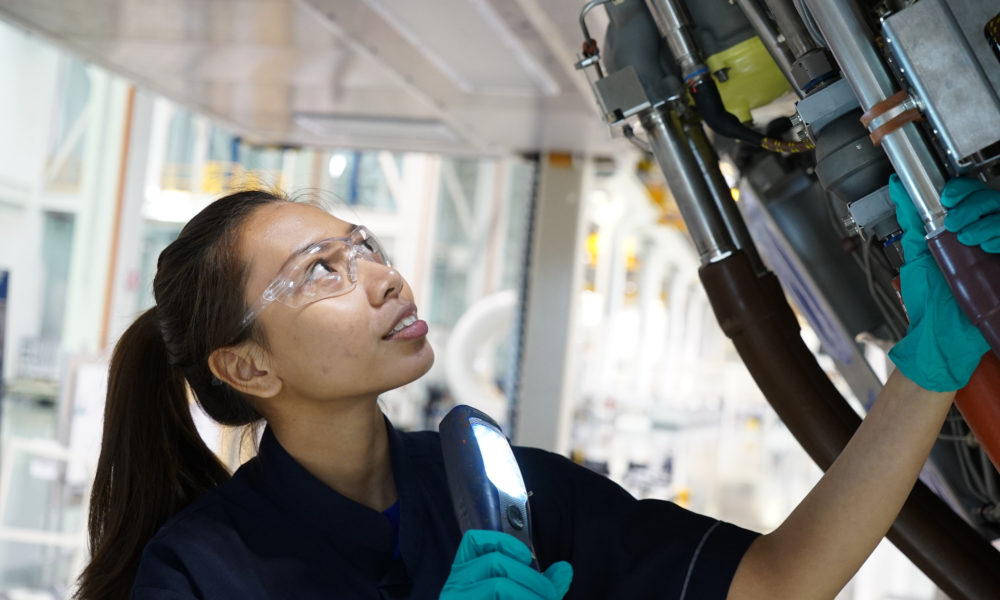
A Real Effort to Promote Women Scientists
In the lead up to the World Economic Forum Annual Meeting 2024, here’s some high-level information on what it takes to get more women to pursue careers as scientists and engineers.
The US National Academy of Sciences affirms that “Women already show their proficiency with scientific content in fields like biology and medicine. They make up 50% or more of graduates with degrees in biology and in 2018 more women than men entered medical schools. Test scores and grades in math and science in elementary school and high school don’t explain why so many more men than women pursue degrees in physics, engineering, and computer science. In fact, women generally earn higher grades than men in math and science in high school.” So it’s not that men are better at science than women.
Instead, evidence suggests that women are not applying for these degrees and jobs at the same rates as men. That’s because women face significant barriers in their pursuit of science careers. These difficulties include cultural forces that hamper their wish to work in the fields of science, technology, engineering, and mathematics: girls are often directed toward other professions when they are still young, and women experience gender bias and sexual harassment in the workplace or are held back in their careers when they want to have children, according to research published in National Geographic. So much must be done to inspire more girls and women to join these professions.
Doing so will add greater diversity to teams, which generates more innovative solutions to problems. Indeed, fostering professional diversity in any field can improve the overall productivity, culture, and morale of the workforce. Japan’s example shows ways to encourage women to join occupations still dominated by men, giving them a greater chance to collaborate, lead, and excel in these areas.

